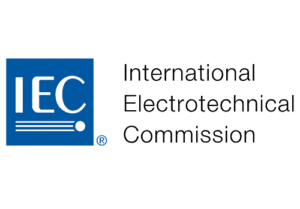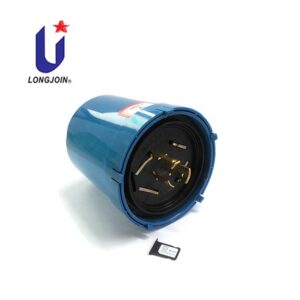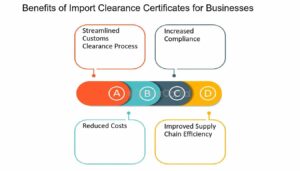What Role Does MOV Surge Protection Play in the Development of Smart and Sustainable Outdoor Lighting Solutions?
In the dynamic landscape of the lighting industry, continuous innovation drives progress and efficiency. One area that has seen significant advancements is photocell technology, particularly in surge protection utilizing Metal Oxide Varistor (MOV) technology. These innovations mark a significant leap forward in enhancing the performance and reliability of outdoor lighting systems.
As outdoor lighting becomes increasingly integral to urban and rural landscapes alike, the need for robust surge protection mechanisms grows more pronounced. MOV surge protection offers a sophisticated solution, effectively safeguarding photocells from voltage spikes and ensuring uninterrupted operation even in the face of electrical disturbances.
In this exploration of innovations in photocell technology, we’ll explore the advancements in MOV surge protection and their implications for the lighting industry. From increased durability to enhanced performance, these developments promise to elevate the standards of outdoor lighting, and provide sustainable lighting.
What Role Does MOV Surge Protection Play in the Development of Smart and Sustainable Outdoor Lighting Solutions?
Metal Oxide Varistors (MOVs) are nonlinear semiconductor devices widely employed for surge protection in electrical circuits. These components exhibit a high resistance under normal operating conditions but rapidly switch to a low resistance state when subjected to voltage surges, effectively shunting excess current away from sensitive equipment.
What Is Its Importance in Outdoor Lighting Systems?
In the context of outdoor lighting, where systems are exposed to various environmental factors and potential electrical disturbances, MOV surge protection serves as a critical defense mechanism. Lightning strikes, power grid fluctuations, and switching transients pose significant risks to the integrity of outdoor lighting infrastructure, potentially leading to equipment damage or failure. By promptly clamping excessive voltages, MOV surge protectors mitigate these risks, ensuring uninterrupted operation and prolonging the lifespan of connected lights and control electronics.
Enhancing Reliability and Sustainability
The incorporation of MOV surge protection not only bolsters the reliability of outdoor lighting systems but also aligns with sustainability objectives. By minimizing the incidence of equipment damage and subsequent replacements, MOV surge protection reduces the environmental impact associated with manufacturing, transportation, and disposal of electronic components. This translates to fewer resources expended over the lifecycle of the lighting infrastructure, contributing to a more sustainable approach to outdoor lighting technology.
Smart Integration and Protection
In terms of smart outdoor lighting, where networked control systems and IoT connectivity enable advanced functionality and energy optimization, the role of MOV surge protection becomes even more pronounced. Smart lighting deployments often feature sophisticated control modules, sensors, and communication interfaces susceptible to damage from voltage transients. Integrating MOV surge protection at strategic points within the system architecture ensures robust protection against transient events, safeguarding both the functionality and longevity of smart outdoor lighting installations.
What Are The Latest Advancements In MOV Technology That Are Beneficial For Photocell Applications?
Some of the latest advancements in the MOV technology include:
Enhanced Sensitivity and Accuracy
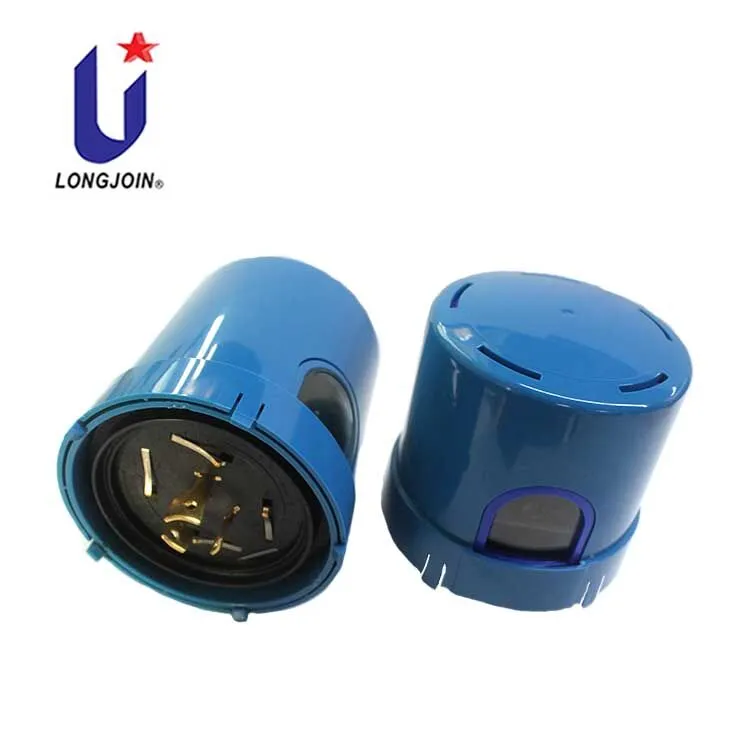
Recent advancements in MOV (Metal Oxide Varistor) technology have led to significant improvements in the sensitivity and accuracy of photocell applications. By utilizing advanced materials and manufacturing techniques, MOV-based photocells can now detect even the slightest variations in light levels with enhanced precision. This heightened sensitivity enables more accurate control of lighting systems and other devices based on environmental conditions.
Extended Lifespan
MOV technology offers enhanced durability and longevity to photocell applications. Through the development of robust varistor formulations and optimized device designs, MOV-based photocells exhibit increased resilience to electrical stress and environmental factors such as temperature fluctuations and humidity. This extended lifespan translates to reduced maintenance requirements and enhanced reliability in various operating environments.
Smart Integration and Protection
In terms of smart outdoor lighting, where networked control systems and IoT connectivity enable advanced functionality and energy optimization, the role of MOV surge protection becomes even more pronounced. Smart lighting deployments often feature sophisticated control modules, sensors, and communication interfaces susceptible to damage from voltage transients. Integrating MOV surge protection at strategic points within the system architecture ensures robust protection against transient events, safeguarding both the functionality and longevity of smart outdoor lighting installations.
Enhanced Protection
One of the key advantages of MOV technology in photocell applications is its superior surge protection capabilities. MOV-based devices effectively suppress transient voltage spikes and current surges, safeguarding sensitive electronic components from potential damage. By incorporating high-quality varistors into photocell circuits, manufacturers can enhance the overall resilience and reliability of lighting systems and other connected devices, minimizing downtime and repair costs.
Integration with IoT
MOV technology is increasingly being integrated with IoT (Internet of Things) platforms to enable advanced functionalities and connectivity in photocell applications. By incorporating MOV-based surge protection devices with IoT-enabled sensors and controllers, photocells can communicate wirelessly with central monitoring systems and other smart devices. This integration facilitates real-time data monitoring, remote management, and intelligent automation of lighting systems, enhancing energy efficiency and operational flexibility.
In summary, the latest advancements in MOV technology are revolutionizing photocell applications by delivering enhanced sensitivity, extended lifespan, superior surge protection, and seamless integration with IoT platforms. These technical innovations pave the way for more efficient and reliable lighting control systems in various residential, commercial, and industrial settings.
How Do These Innovations Improve the Efficiency and Safety of Photocells in High-heat Applications?
Let’s find out how these innovations are improving the efficiency and safety of photocells, especially when things start heating up.
Improved Thermal Stability
New-generation photocells integrate advanced materials like high-temperature resistant semiconductors and robust encapsulation techniques. These materials exhibit superior thermal stability, ensuring the structural integrity of the photocell even under extreme heat conditions. By mitigating thermal degradation, they sustain optimal performance over extended operational periods.
Enhanced Heat Dissipation
Incorporating innovative heat dissipation mechanisms is pivotal for maintaining optimal operating temperatures within the photocell. Enhanced thermal management solutions such as optimized heat sinks, thermally conductive substrates, and efficient thermal interfaces facilitate the rapid transfer of heat away from critical components. This prevents thermal runaway and ensures stable performance even in high-temperature environments.
Optimized Performance Under Extreme Conditions
To address the challenges posed by high-heat environments, modern photocells undergo rigorous performance optimization. This includes parameter tuning, material selection, and circuit design tailored to withstand elevated temperatures. Additionally, advanced feedback control mechanisms dynamically adjust operating parameters to compensate for temperature variations, thereby preserving performance consistency under diverse thermal conditions.
Integration of Robust Safety Features
Ensuring the safety and reliability of photocells in high-heat applications necessitates the integration of comprehensive safety features. Overheat protection circuits, temperature sensors, and redundant fail-safe mechanisms are employed to preemptively detect and mitigate thermal anomalies. These safety measures not only safeguard the photocell from thermal damage but also mitigate potential hazards to surrounding equipment and personnel.
Efficiency Boosters
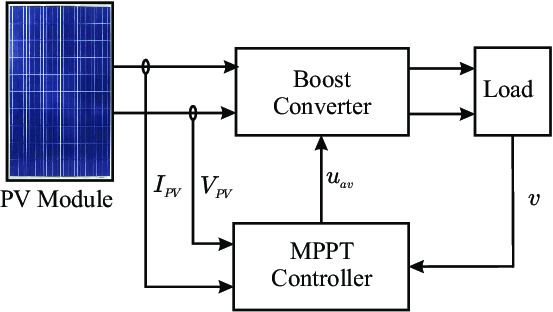
In pursuit of enhanced efficiency, innovative design methodologies are also employed to optimize the energy conversion process within photocells. This encompasses the utilization of advanced semiconductor materials with superior optical and electrical properties, as well as the implementation of novel cell architectures to minimize optical losses and maximize photon absorption. Additionally, advanced power management techniques, such as maximum power point tracking (MPPT), further enhance energy extraction efficiency, ensuring optimal performance under varying operating conditions.
At LONG-JOIN, we ensure the inclusion of the latest technologies in our lighting solutions. Most of our wire-in products and some upgraded products contain surge protection MOV components and zero-crossing technology, ensuring robust protection and optimal performance in demanding environments.
Curious to explore these lighting advancements further? Visit LONG-JOIN for in-depth insights into our range of cutting-edge photocells and lighting solutions.
Summary
Innovations in photocell technology, particularly advancements in Metal Oxide Varistor (MOV) surge protection, are revolutionizing performance standards. By integrating MOV surge protection into photocell systems, manufacturers are enhancing reliability and durability, thus elevating overall performance. These advancements signify a significant leap forward in safeguarding lighting systems against transient surges, ensuring prolonged functionality and reduced maintenance costs.



